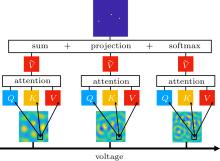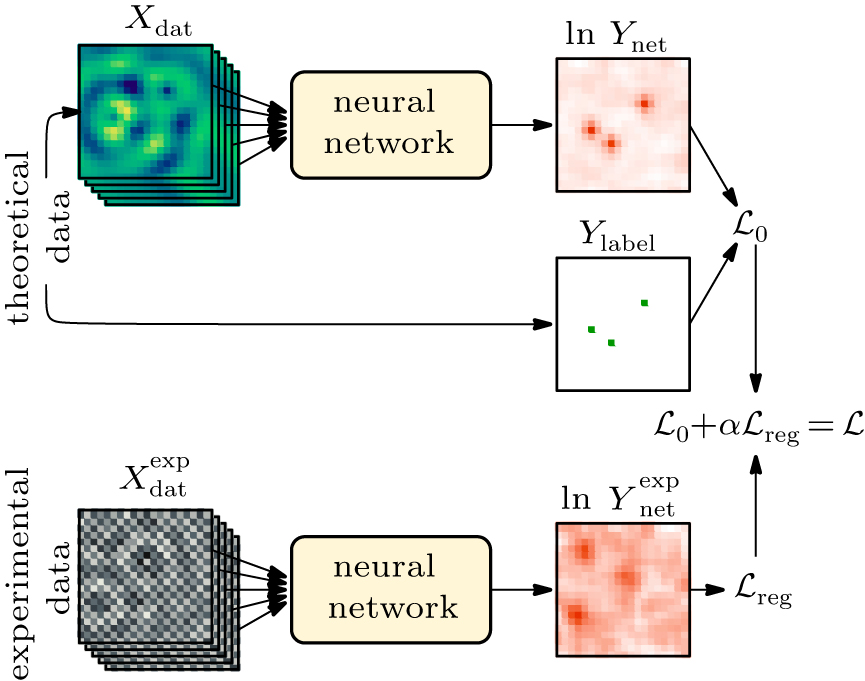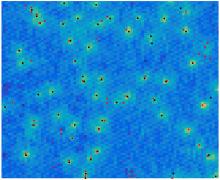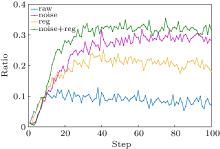中国物理B ›› 2020, Vol. 29 ›› Issue (11): 116805-.doi: 10.1088/1674-1056/abc0d5
所属专题: SPECIAL TOPIC — Machine learning in condensed matter physics
Ce Wang(王策)1, Haiwei Li(李海威)2, Zhenqi Hao(郝镇齐)2, Xintong Li(李昕彤)2, Changwei Zou(邹昌炜)2, Peng Cai(蔡鹏)3,†( ), Yayu Wang(王亚愚)2,4, Yi-Zhuang You(尤亦庄)5,‡(
), Yayu Wang(王亚愚)2,4, Yi-Zhuang You(尤亦庄)5,‡( ), Hui Zhai(翟荟)1,§
), Hui Zhai(翟荟)1,§
Machine learning identification of impurities in the STM images
Ce Wang(王策)1, Haiwei Li(李海威)2, Zhenqi Hao(郝镇齐)2, Xintong Li(李昕彤)2, Changwei Zou(邹昌炜)2, Peng Cai(蔡鹏)3, †, Yayu Wang(王亚愚)2,4, Yi-Zhuang You(尤亦庄)5,, ‡, and Hui Zhai(翟荟)1,§
- 1 Institute for Advanced Study, Tsinghua University, Beijing 100084, China
2 State Key Laboratory of Low Dimensional Quantum Physics, Department of Physics, Tsinghua University, Beijing 100084, China
3 Department of Physics and Beijing Key Laboratory of Opto-electronic Functional Materials and Micro-nano Devices, Renmin University of China, Beijing 100872, China
4 Frontier Science Center for Quantum Information, Beijing 100084, China
5 Department of Physics, University of California, San Diego, California 92093, USA









